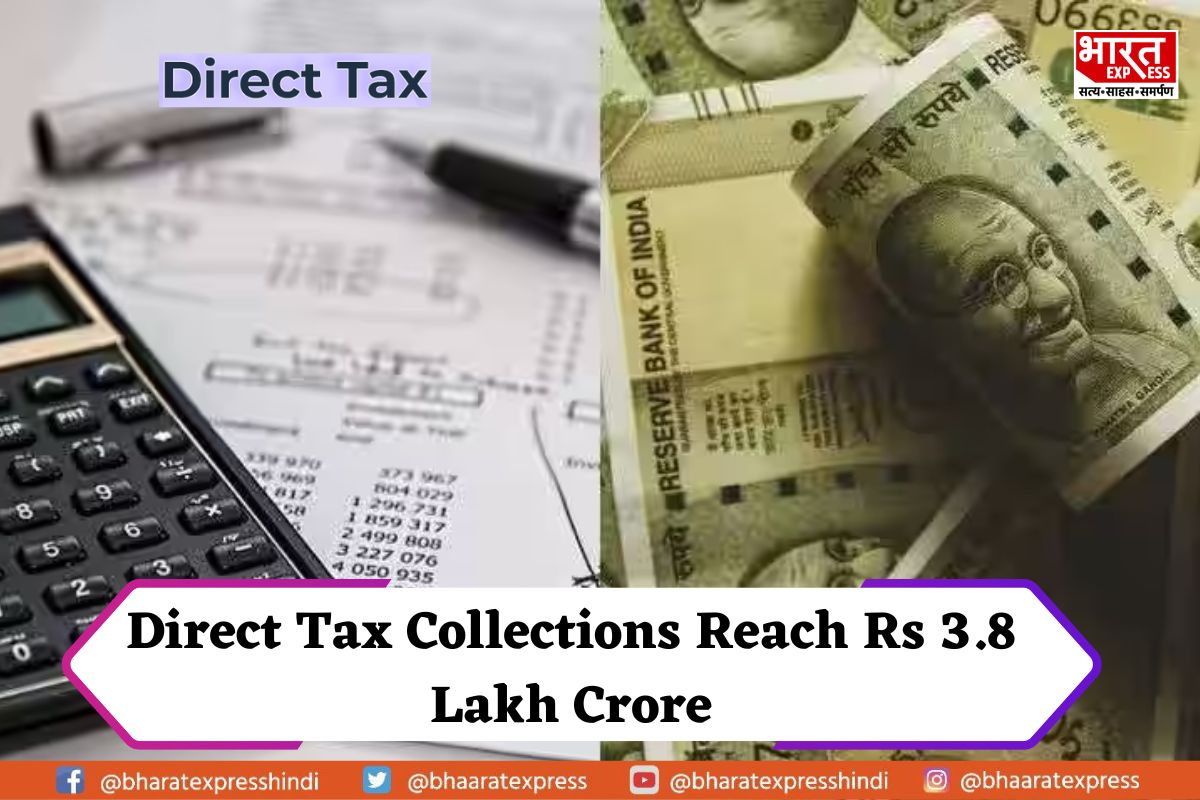
Reference Image
The Union government has collected Rs 3.8 lakh crore in direct taxes during the first two-and-a-half months of the financial year 2023-24, according to the finance ministry. This represents an increase of 11.2 percent compared to the same period in the previous year. The direct tax collection consists of Rs 1.57 lakh crore from corporate taxes and Rs 2.22 lakh crore from personal income tax, which includes Securities Transaction Tax.
The growth rate of direct tax collections has exceeded the government’s expectations. In the Union Budget for 2023-24, presented in February, it was projected that direct tax collections would increase by 10.5 percent compared to the previous year. The budget estimated that corporate tax collections would reach Rs 9.23 lakh crore, while personal income tax collections would amount to Rs 9.01 lakh crore, both increasing by 10.5 percent.
On a year-on-year basis, the direct tax collected until June 17 amounted to Rs 4.19 lakh crore, showing a 12.7 percent increase when refunds are not taken into account.
Also Read: Intel To Spend $25 Billion On New Plant In Israel
In the current financial year 2023-24, refunds totaling Rs 39,578 crore have been issued so far, reflecting a 30.1 percent increase compared to the same period last year when refunds amounted to Rs 30,414 crore.
The recently released tax collection data includes the filing of advance taxes for the first quarter of the new financial year. According to the finance ministry, the total advance tax collected as of June 17 reached Rs 1.17 lakh crore, indicating a year-on-year growth of 13.7 percent.
Following the increase in indirect taxes, which reached a record high of Rs 1.87 lakh crore in April but subsequently declined to Rs 1.57 lakh crore in May, there has been a growth in indirect tax collections.
The notable growth in tax collections enabled the finance ministry to advance the ‘double instalment’ of tax devolution to states, releasing Rs 1.18 lakh crore to states on June 12. This amount was twice the sum transferred in April and May.
The Centre follows a practice of releasing tax devolution to states in 14 equal instalments annually, with two months designated as double-instalment months. Typically, these double-instalment months occur towards the end of the financial year when the Centre has a better understanding of its financial situation. However, in recent years, due to the Centre’s favorable financial position, these additional instalments have been brought forward.
To read more such news, download Bharat Express news apps


















